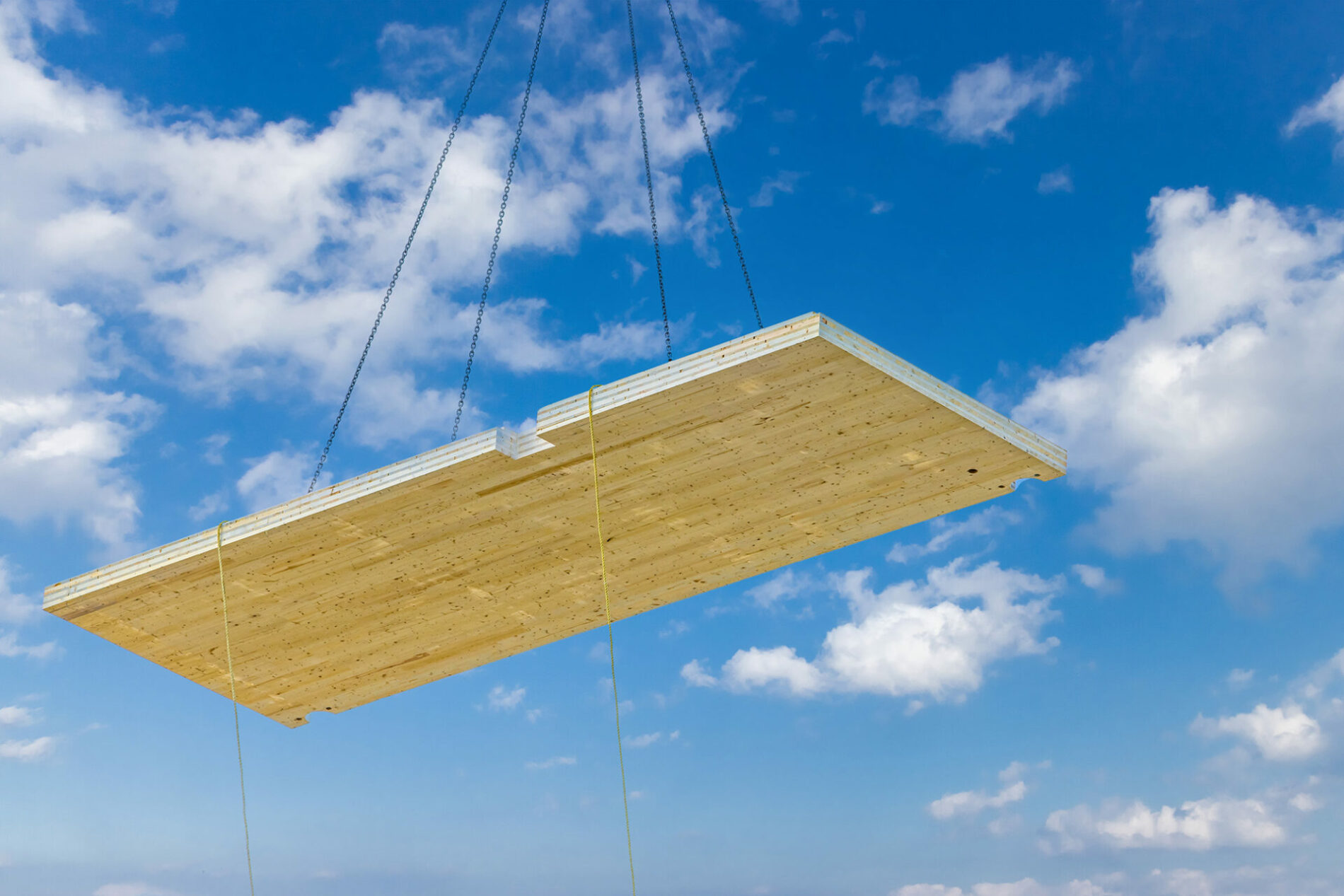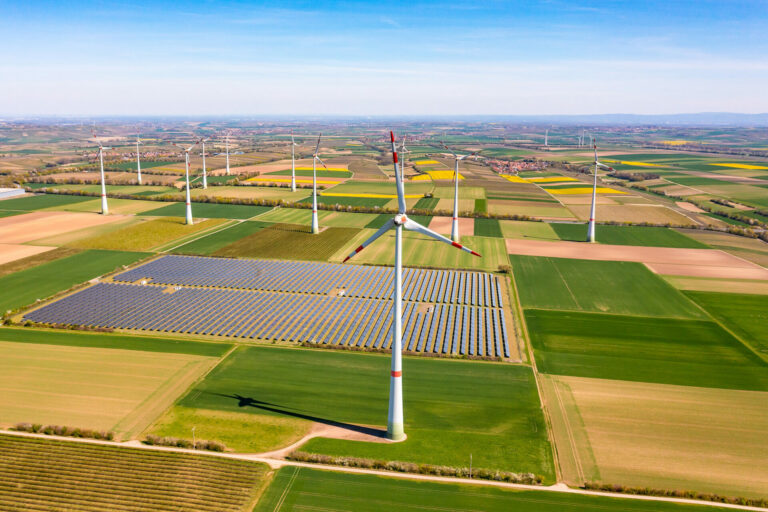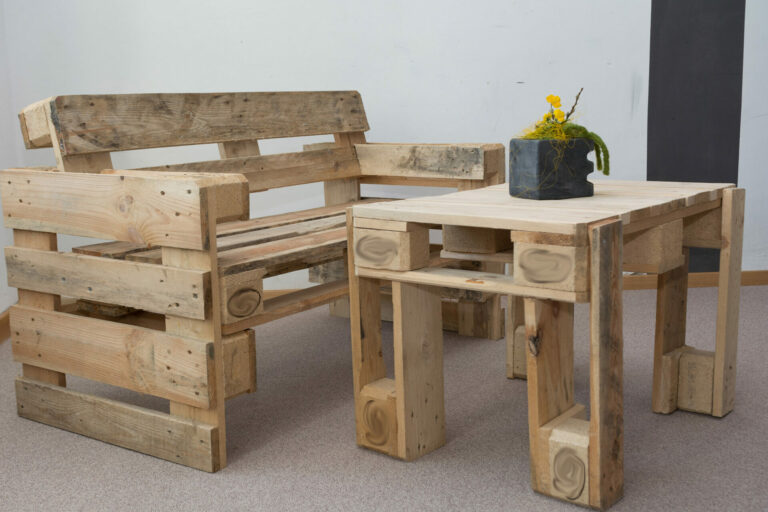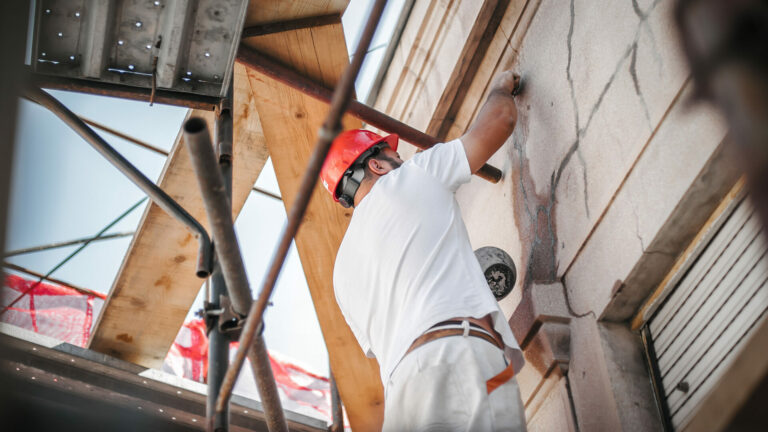Prior to the 21st Century, one material was used across North America as the primary foundation for both building and residential structures. Given its natural abundance, it is no surprise that wood has been used in construction projects for centuries. In fact, recent studies suggest that the material has been used for the purpose of building for close to ten thousand years. While its characteristics differ from some more modern materials and techniques, it clearly has a place within today’s industry.
Evidently, materials such as steel, cement, glass, and plastic have risen to the forefront of the construction industry, and not without good reason. Demands change, and the requirements of structures are significantly greater in the modern age than at any other point in history. Super structures, heavy infrastructure, developments of massive proportions; the industry has adapted and used materials best suited for the job in hand.
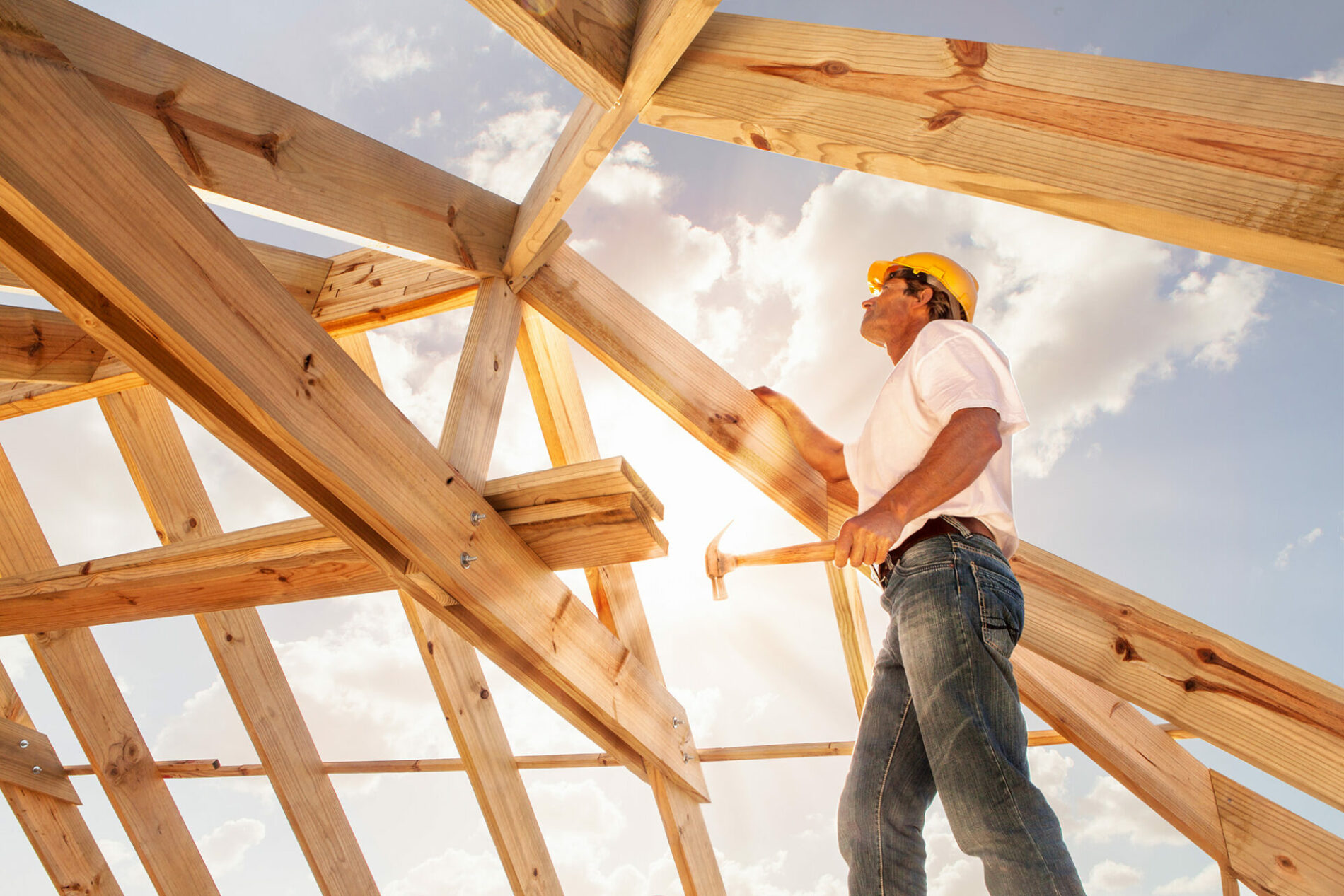
However, in addition to the needs of communities, there are also the needs of the wider population to consider. The global community is one that needs to be listened to and, as ecological disaster comes ever closer, the construction industry is now committed to developing and harnessing more sustainable and renewable materials. This is evident in the hunt for lower carbon concrete, repurposed buildings, and wind energy.
Within this context, we need to ask the question, is there space for wood to make a resurgence? It seems as though the answer, as tends to be the case, is not clear-cut. However, the material which has been used in the process of construction for millennia is certainly emerging as a viable alternative to the hegemony of concrete and steel. In fact, wooden structures are experiencing somewhat of a comeback. High-rise wooden buildings have sprung up in recent years and technological advances are enabling building contractors to make higher quality wooden structures that are safer from fire, earthquakes and strong enough to meet modern requirements.
“The material which has been used in the process of construction for millennia is certainly emerging as a viable alternative to the hegemony of concrete and steel.”
Across Europe, wooden buildings reaching up to thirty-five floors have been seen for a number of years, and this trend is moving into North America. New Land Enterprises, for example, is less than a year away from completing a 25-story mass timber apartment tower in downtown Milwaukee in partnership with Wiechmann Enterprises. The Ascent building, which will be a hybrid building made from a mix of concrete and timber, will surely raise more than a few eyebrows. However, the industry has no plans to stop there and ventures such as the Ascent building will no doubt be bolstered by the recent study undertaken by architect Jeff Sanner and a team of engineers, designers and researchers who looked into the possibility of using wood to produce the world’s first skyscraper. The study was conducted with one specific project in mind: a residential eighty-story structure on the south branch of the Chicago River. The concept project, titled River Beech Tower. “While the reasons for considering mass timber will vary by project, client, and region, the building industry is experiencing an increase in the use of mass timber products for tall buildings. In 2008 there was one mass timber building over eight stories tall; by 2014, a survey of tall wood buildings identified nearly 30 buildings over eight stories that were either complete, under construction, or in late-phase design. This research began with acknowledging how wood behaves as a material. Its properties were compared to steel and concrete in terms of structural behavior, fire resistance, construction methods, environmental impact, and architectural expression. This fundamental understanding was then applied to the challenge of designing a building with real world design constraints.”
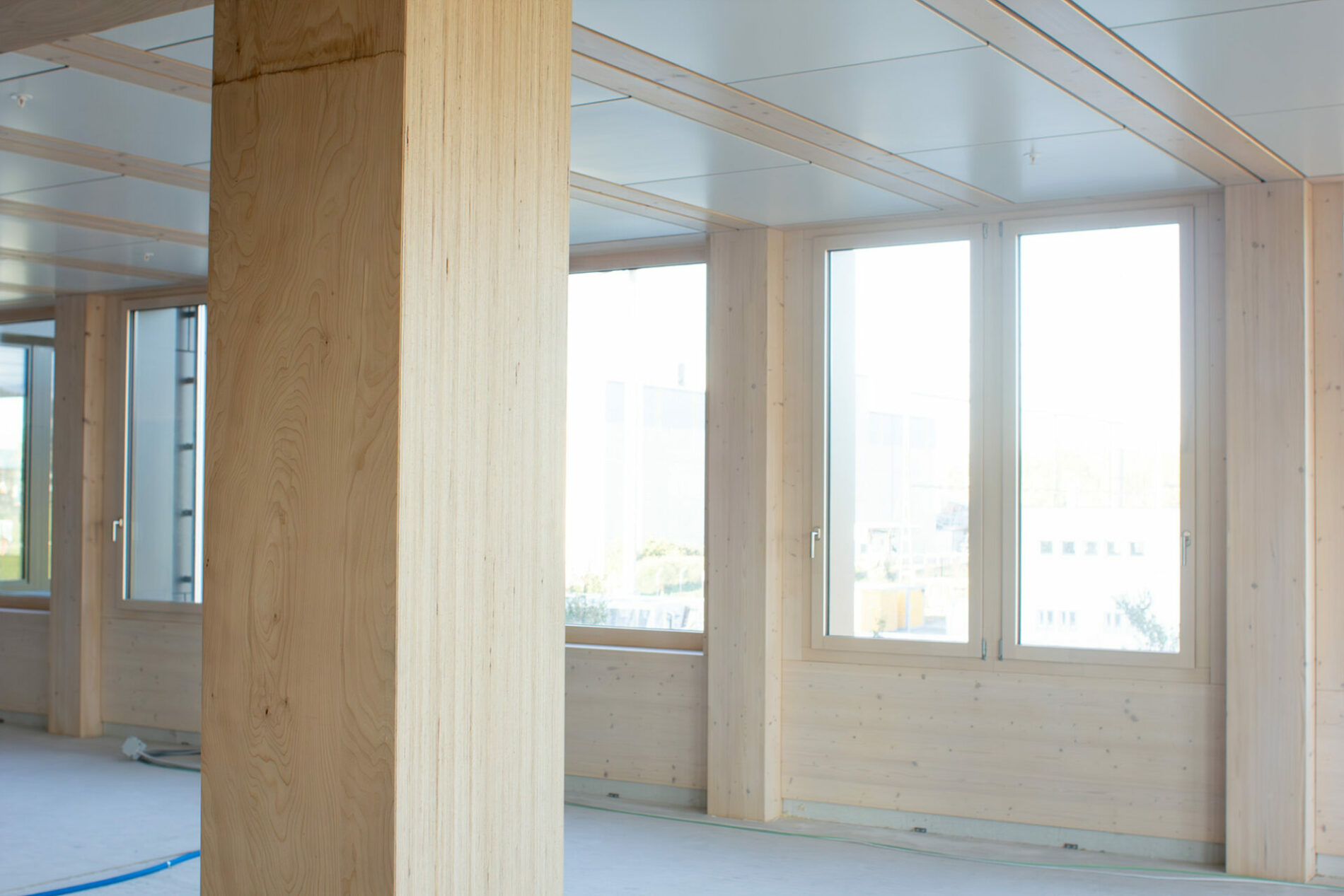
The concept, while still at a research stage, seems promising. According to the study, while challenges still remain and further research is required, the potential is there. “The increased value of timber that is expected to result from its use as an engineered construction product is likely to confer increased value on well-managed forestry. This is less critical in Europe and North America, where there is a long tradition of responsible forest management—but in many parts of the developing world, this may be a key driver towards better long-term forestry practice. By continuing to provide provocative, thoughtful solutions,” it states, “our industry will advance the potential that these materials have to offer.”
However, the wood revolution goes further than design and research. Grown in a sustainable forest less than 300 miles away, Portland International Airport is the first major airport in the United States to have a mass timer roof. The project has been designed by ZGF Architects and is being unveiled this year. The company has worked in collaboration with Portland Airport for over six decades and this is just the latest in a long list of innovative and exciting projects it has in the works. “In 2024, ZGF will bring PDX into the future, with the main terminal expansion that doubles the airport’s footprint. The new wood structure features an undulating mass timber roof and biophilic elements throughout—sustainable and resilient, the new terminal more than lives up to PDX’s reputation as ‘America’s Best Airport’.” This reputation is surely even more apt following the project. Not only was every piece of wood sourced from within 300 miles of the airport, about half of it came from 13 small and tribal landowners in Washington and Oregon. The process was managed with such a fine eye, the architects knew every board that frames the skylights above the 26 Y-columns came from the Yakama Nation, and all the double beams in the six massive oval skylights came from the Coquille Indian Tribe. It is incredible to think that such detail and care went into the project, given that is resulted in such a powerful and positive outcome.
So, what does the future hold with regard to the use of wood in construction. Again, the answer is yet to be discovered. However, the signs are there. Timber frames, once a ubiquitous site on the skylines of North America, is experiencing a sort of come-back. With projects popping up around the world, and plans afoot for ever larger-scale structures, the traditionalist material may yet live to be the one that contributes to the industry long into the future.
www.zgf.com/work/5593-port-of-portland-portland-international-airport









